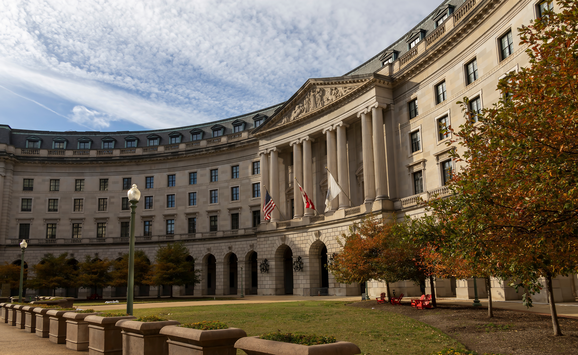What are you up to this weekend? As fall kicks into full gear and cooler weather beckons, many people in the United States look forward to visiting a national park to enjoy the vibrant autumn foliage. New numbers show outdoor recreation contributing to the US economy, but the public lands that support that recreation face a number of issues that need to be addressed.
Among the challenges is a simple lack of data in some cases. Why is this important? US national parks experience severe overcrowding in some locations at certain times of year (typically summer) and the National Park Service (NPS) is struggling to find workable solutions. To address the issue, the NPS might consider restructuring camping and lodging fees, or implementing a reservation system to get into various parks. It has even talked about requiring reservations for particularly popular trails. For many activities offered at national parks (e.g., rafting certain sections of a river), a lottery system is in place. Some people have floated the idea of setting limits on the daily number of visitorsin a park—something that the NPS is firmly opposed to on principle as it believes that move would go against the spirit of the national parks system.
The issue of overcrowding in US national parks is not a new one, and we’ve written previously about how a different structure for entrance fees could help alleviate both overcrowding and funding shortfalls for the NPS. That idea still holds promise but the dearth of useful data needed for baseline analyses remains a problem. At most US parks, people begin their visit at an entrance station, where the NPS logs a basic visitor count—meaning it has a good idea of how many people are in each park on each day of the year.
But beyond the simple headcount when visitors enter a national park, as well as visitor surveys that are conducted from time to time in particular parks, that’s really all we know based on data collected by the NPS. The agency does not regularly log information about where park visitors come from, how they spend their time in national parks, or any sociodemographic information, such as age, education, race, income, and so on. The NPS also does not usually know how long people stay in the parks because a typical visitor’s pass is generally good for one week, although people might leave before a week is up.
So, where to start? The first thing needed by the NPS is better information about use of the parks. Toward that end, we recently undertook an intensive effort to analyze data representing millions of observations of national park visitation from Recreation.gov, the website used to reserve campsites, secure wilderness permits, book guided trips, and plan other activities on federal lands.
The campsite reservation data available from Recreation.gov provide an unprecedented opportunity to explore several years of camping data for hundreds of parks (and other sites, e.g., National Forests). This information tells us when park visitors made a reservation and for what camping dates (so we can learn when they went and how long they stayed) as well as the zip codes where they live, indicating how far they traveled to visit a park. From there, we can match some sociodemographic data by zip code to tell a general story about who is camping in US national parks. Additionally, we can combine the reservation data with information on how many campsites are in a park to assess how full to capacity the campgrounds are on each day of the year.
We uncovered several interesting patterns in the camping data. First, our analysis confirmed the conventional wisdom, much written-about in the last few years: US national parks are filled to the brim. We found that in many popular parks during the peak summer season, capacity utilization of the campsites reservable on Recreation.gov is near 90 percent. Weekends are the busiest times—but in the summer months, some parks (Zion and Yosemite are two prominent examples) have full campgrounds almost every day of the week.
Second, we observed some interesting trends in when people make camping reservations. At most parks, a large number of bookings are made on the first day possible—six months in advance of the visit at most parks. Interestingly, however, many of these bookings are canceled and then later reserved by others. The financial penalty for canceling a campsite reservation is small, so this is perhaps not surprising. But it led us to question whether the reservation system works as efficiently as it could and whether the NPS might be able to raise some much-needed funds by making a slight change to this policy.
Third, our assessment of where park visitors travel from indicates an importance of park proximity. Most people trek less than 500 miles to camp and stay only two nights. We also see that the frequency of camping trips is higher among residents of states that have more national parks. These findings in the data point to the value of having a park nearby for access to nature-based recreation.
The wealth of data available from Recreation.gov may improve in the future as a new company takes over management of the system. As reported in Outside over the summer, the change was prompted by unhappy campers who were vexed by attempts to book campsites through an online system that didn’t provide real-time information to users about availability. Better data and better access to data will be good for everyone, including campers, researchers like us, and—ultimately, we hope—for the National Park Service and other agencies managing lands for recreation.









